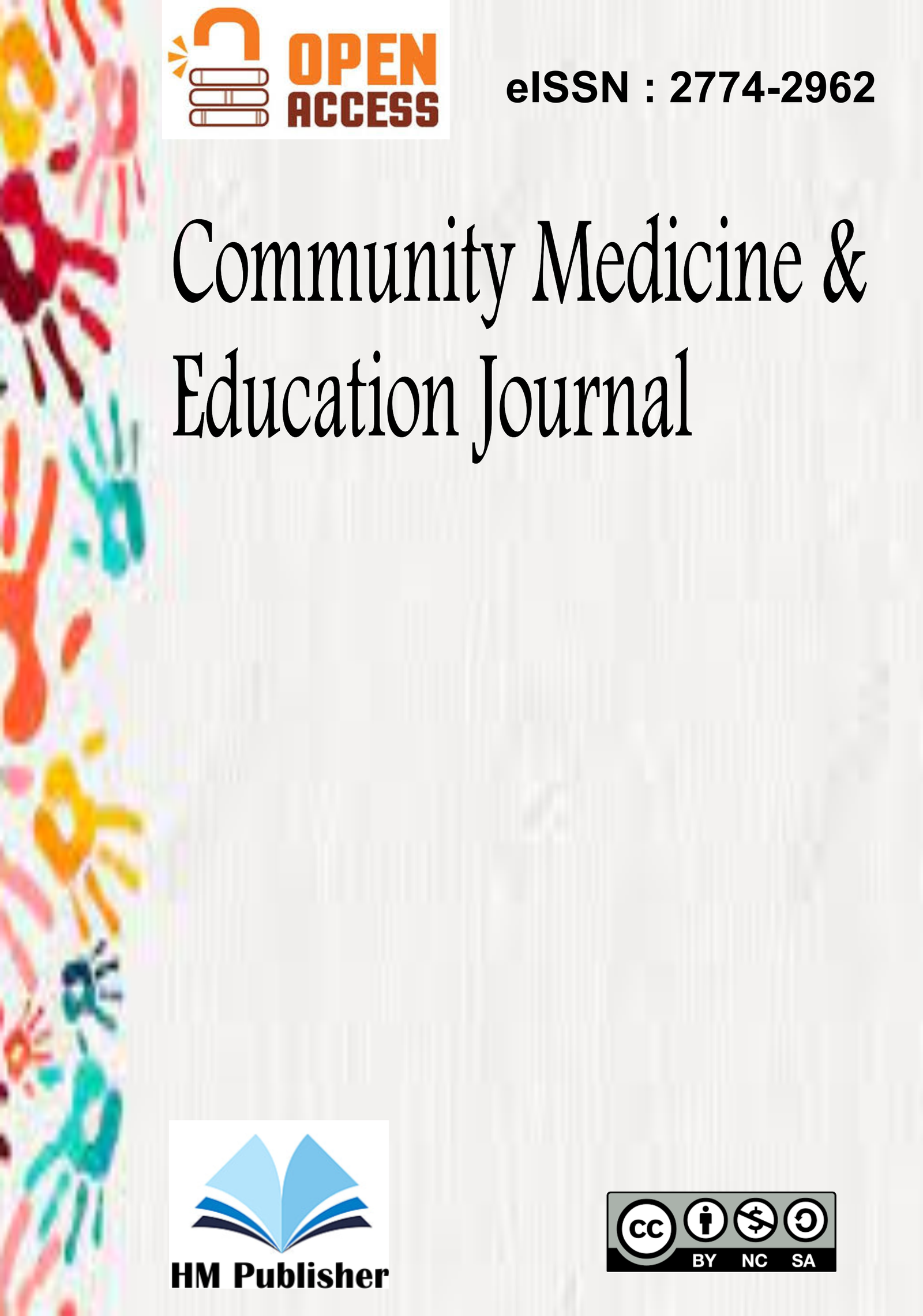Main Article Content
Abstract
Relapsing Plasmodium vivax malaria remains a major obstacle to malaria elimination, with its treatment critically dependent on patient adherence to a 14-day primaquine regimen for radical cure. In hyperendemic regions like Papua, Indonesia, non-adherence is a primary cause of treatment failure. This study applied the Theory of Planned Behavior (TPB) to identify the key psychosocial determinants of adherence intention in this population to inform targeted public health interventions. A descriptive analytical study with a cross-sectional design was conducted in the East Sentani District of Papua, Indonesia, from February to April 2024. A total of 100 adult patients diagnosed with P. vivax malaria were recruited via consecutive sampling. A culturally adapted, validated questionnaire was used to measure the TPB constructs: attitude, subjective norms, and perceived behavioral control (PBC), alongside behavioral intention. Initial data analysis revealed quasi-complete separation, necessitating the use of a penalized logistic regression model (Firth's method) to generate stable and reliable estimates of association. The penalized logistic regression model was statistically significant and explained a considerable portion of the variance in adherence intention (Nagelkerke R² = 0.482). After controlling for other variables, a patient's personal attitude toward the treatment was the only significant predictor of their intention to complete the primaquine regimen. A more positive attitude was strongly associated with a higher intention to adhere (Odds Ratio [OR] = 5.21, 95% Confidence Interval [CI]: 2.15 - 12.67; p < 0.001). In contrast, neither subjective norms (OR = 1.12, 95% CI: 0.88 - 1.43; p = 0.354) nor perceived behavioral control (OR = 1.35, 95% CI: 0.91 - 2.01; p = 0.138) demonstrated a significant independent influence on behavioral intention. In conclusion, patient attitude—the individual's cognitive and affective evaluation of the treatment—is the primary driver of the intention to adhere to the 14-day primaquine regimen in this Papuan cohort. While social context and perceived barriers should not be disregarded, these findings strongly suggest that public health strategies must prioritize patient-centered educational interventions that cultivate a deep understanding of the biological necessity of radical cure to foster positive, resilient attitudes towards treatment completion.
Keywords
Article Details
As our aim is to disseminate original research article, hence the publishing right is a necessary one. The publishing right is needed in order to reach the agreement between the author and publisher. As the journal is fully open access, the authors will sign an exclusive license agreement.
The authors have the right to:
- Share their article in the same ways permitted to third parties under the relevant user license.
- Retain copyright, patent, trademark and other intellectual property rights including research data.
- Proper attribution and credit for the published work.
For the open access article, the publisher is granted to the following right.
- The non-exclusive right to publish the article and grant right to others.
- For the published article, the publisher applied for the Creative Commons Attribution-NonCommercial-ShareAlike 4.0 International License.





